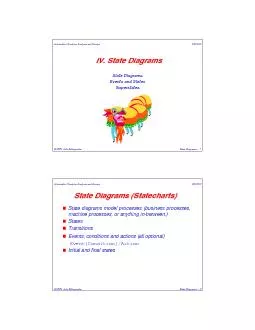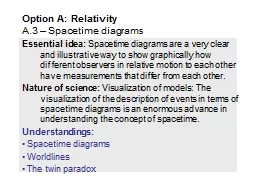PPT-Using Color in Your Diagrams and Presentations
Author : tatiana-dople | Published Date : 2018-02-08
Kenneth Moreland Sandia National Laboratories What is color Is black a color 001 nm 01 nm 1 nm 10 nm 100 nm 1 μm 10 μ m 100 μm 1 mm 1 cm 10 c m 1 m 10 m 100
Presentation Embed Code
Download Presentation
Download Presentation The PPT/PDF document "Using Color in Your Diagrams and Present..." is the property of its rightful owner. Permission is granted to download and print the materials on this website for personal, non-commercial use only, and to display it on your personal computer provided you do not modify the materials and that you retain all copyright notices contained in the materials. By downloading content from our website, you accept the terms of this agreement.
Using Color in Your Diagrams and Presentations: Transcript
Download Rules Of Document
"Using Color in Your Diagrams and Presentations"The content belongs to its owner. You may download and print it for personal use, without modification, and keep all copyright notices. By downloading, you agree to these terms.
Related Documents














